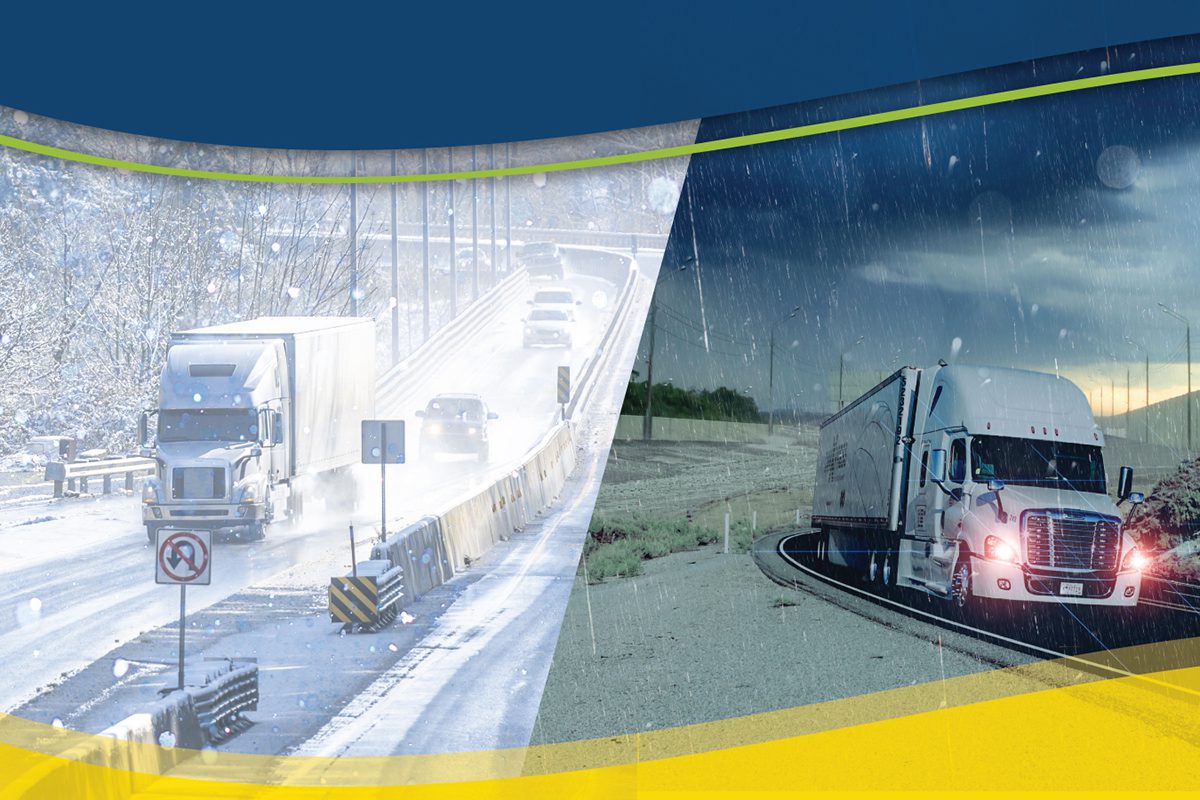Severe weather-related disasters are becoming increasingly common events and call attention to the vulnerability of both the nation’s electrical grid and the international supply chains we depend on for imported fuels. From hurricanes to wildfires to severe cold and freak ice storms in Texas, fleet operators across the country have very real concerns about impacted gasoline and diesel production as well as grid resiliency issues relating to powering a full fleet of EVs or diesel vehicles.
We often associate impacts from weather events and natural disasters with loss of electrical grid power to affected areas and how that impacts potentially hundreds of thousands of people and businesses for days or weeks. But fleets have another consideration in severe weather — ensuring fuel pumping capability for gasoline and diesel-powered vehicles or direct charging ability for electric vehicles can be limited or impossible during grid outages. The natural gas pipeline is very reliable, and relatively unaffected by extreme weather and can provide continued fueling for a CNG fleet. CNG fueling stations can be prepped for the approaching severe weather and shut down as a precaution, they can then be quickly turned back on once no damage is noted, often much quicker than a re-supply of truck-delivered diesel or gasoline, which are subject to road conditions such as flooding and downed trees.
Fueling capability during severe weather events is a critical concern and many states susceptible to hurricanes, wildfires and other similar natural disasters.
“During severe weather situations, natural gas fueling options are not impacted by the same challenges and shortages that gasoline and diesel can face, or even grid outages for electric vehicles, so you can ensure continued fueling for your fleet regardless of the weather,” said Bryan Eineichner, General Manager of Operations-East Coast – Trillium. “It’s possible to continue regular operation of natural gas engines in severe weather environments if they are properly prepared and maintained.”
Near zero emissions natural gas vehicles are the closest direct replacement for diesel trucks in terms of operational performance. When looking across factors including range, fueling frequency and fueling speed, driver comfort and safety, and maintenance support, NGVs hold up to diesel trucks better than any other commercially available vehicle technology. Severe weather preparation and operation procedures are similar to diesel engines however NGVs can provide peace of mind during severe weather.
“During severe weather situations, natural gas fueling options are not impacted by the same challenges and shortages that gasoline and diesel can face.”
Issues that can potentially affect satisfactory performance of NGVs in severe weather are fuel quality and contaminants. The most common contaminant that is encountered with NGVs during severe cold weather is water content in the fuel that can come from ice buildup. In severe cold weather, it is important to allow the engine to warm up to operating temperature before operating under load to prevent possible fuel system freezing or low oil pressure.
Water is a potential contaminant in natural gas automotive fuel and should not be present in any amount that will interfere with vehicle operation. Natural gas fuel needs to be very dry and, the colder the outside air temperature becomes, the drier the gas has to be. It is critical to ensure that a dryer is included in the CNG refueling station and that the dryer ensures the fuel is always either at or below the outside air temperature or the coldest temperature in the fuel system to which the fuel will be exposed. If the dryer is properly maintained there should be minimal issues with operating natural gas vehicles even in extreme arctic conditions.
Fueling capability during severe weather events is a critical concern and many states susceptible to hurricanes, wildfires and other similar natural disasters are now requiring retail fuel locations to install emergency backup power capabilities to ensure fuel pumping capability during grid outages to keep motorists moving along evacuation routes. This also allows first responders to refuel in the event of sustained and widespread power outage. Critical sites that have to fuel 24/7 no matter what, have turned to NGVs for their fleet and also added natural-gas powered backup generators, so they create their own electricity without the delivery of diesel fuel to supply the backup power source.



